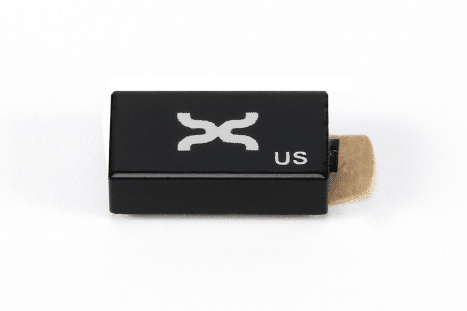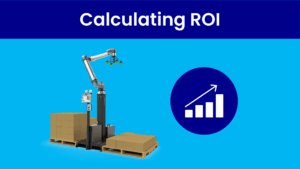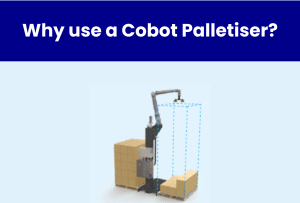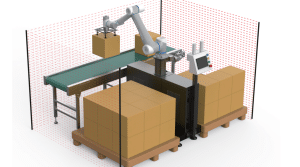Boosting Efficiency and Precision: Embracing the Potential of RFID Technology”
In today’s highly competitive manufacturing industry, optimizing processes and improving efficiency are crucial for staying ahead. One technology that has emerged as a game-changer is RFID (Radio Frequency Identification).
RFID tags offer a sophisticated and automated approach to tracking and managing inventory, assets, and production processes within manufacturing environments. By replacing traditional barcode or familiar manual systems with RFID, factories can unlock a myriad of benefits, such as real-time inventory visibility, streamlined asset tracking, production optimization, and improved supply chain management.
In this blog post, we will delve into the reasons why your factory should consider adopting RFID tags, exploring their advantages and showcasing two examples of where RFID can be successfully implemented. Let’s explore how RFID technology can revolutionize your factory operations and propel your business towards greater efficiency and profitability.
What Is RFID?
RFID, short for Radio Frequency Identification, is a technology that uses radio waves to wirelessly identify and track objects. It consists of three main components: RFID tags, readers, and backend software.
What Equipment Is Needed?
Most RFID systems use three components:
- RFID tags
- Readers
- backend software
RFID Tags
RFID tags are small electronic devices that contain a microchip and an antenna. These tags can be attached to or embedded within objects, enabling them to transmit and receive data when in proximity to an RFID reader.
RFID Reader
The RFID reader emits radio waves, which power the tags and capture the information encoded within them. This information can include unique identifiers, product details, or other relevant data.
Backend Software
The reader then sends this data to backend software systems for processing and analysis. RFID technology offers numerous advantages over traditional barcode systems, including faster and more accurate data capture, real-time tracking, and the ability to read multiple tags simultaneously. With its ability to streamline processes and improve visibility, RFID has become an indispensable tool in various industries, revolutionizing inventory management, asset tracking, and supply chain operations.
Frequencies
RFID systems are grouped by the frequency they use. There are three main ones: low frequency (LF), high frequency (HF), and ultra-high frequency (UHF). LF is good for short-range communication. It’s commonly used for things like access control systems or tracking pets. HF is great for mid-range communication and often used in things like contactless payment cards or library books. Lastly, UHF is the powerhouse station with long-range communication. It’s ideal for tracking inventory in large warehouses or managing items in retail stores.
Active Or Passive?
RFID systems can also be grouped into two other groups: Active and Passive.
Passive RFID tags, similar to silent observers, draw power from the RFID reader. When the reader emits a signal, these tags awaken and transmit their stored information, such as identification numbers or product details. It’s like a brief conversation before they go back to sleep until the next interaction. These tags are smaller and more affordable, making them suitable for tracking items in a store environment. On the other hand, active RFID tags are like energetic communicators, equipped with their own power source (usually a battery). They continuously emit signals, broadcasting their presence and sharing information. They possess a longer read range and are often used to track larger objects like shipping containers or vehicles.
Benefits Of RFID In An Industrial Environment
RFID tags bring a host of benefits to factory operations, making them a game-changer in the manufacturing industry. There are many examples of RFID being used effectively in an industrial environment. Here we’ll cover two case studies
Inventory Management
With RFID, factories gain real-time tracking and visibility of their inventory, eliminating the need for manual counts and reducing human errors. This streamlined approach enhances accuracy and efficiency in stock replenishment, ensuring accurate and up-to-date inventory information.
RFID also contributes to production and process optimization by automating the tracking of work-in-progress (WIP) items. This allows for better monitoring of production line performance, identification of bottlenecks, and opportunities for process improvement.
Asset Tracking
By using RFID tags with crucial production assets, businesses can enhance visibility and control over these valuable assets. RFID enables real-time tracking and monitoring throughout the facility, providing accurate and up-to-date information on their location and status. This helps prevent loss or downtime due to missing tooling or equipment.
RFID also streamlines maintenance and servicing schedules by automating asset identification and tracking. It ensures that assets are properly maintained, reducing downtime and maximizing their operational lifespan. Additionally, RFID simplifies asset reconciliation processes, eliminating manual data entry and saving time.
Ultimately, RFID tags revolutionize factory operations by streamlining inventory management, asset tracking, and production processes, leading to increased efficiency and improved overall performance.
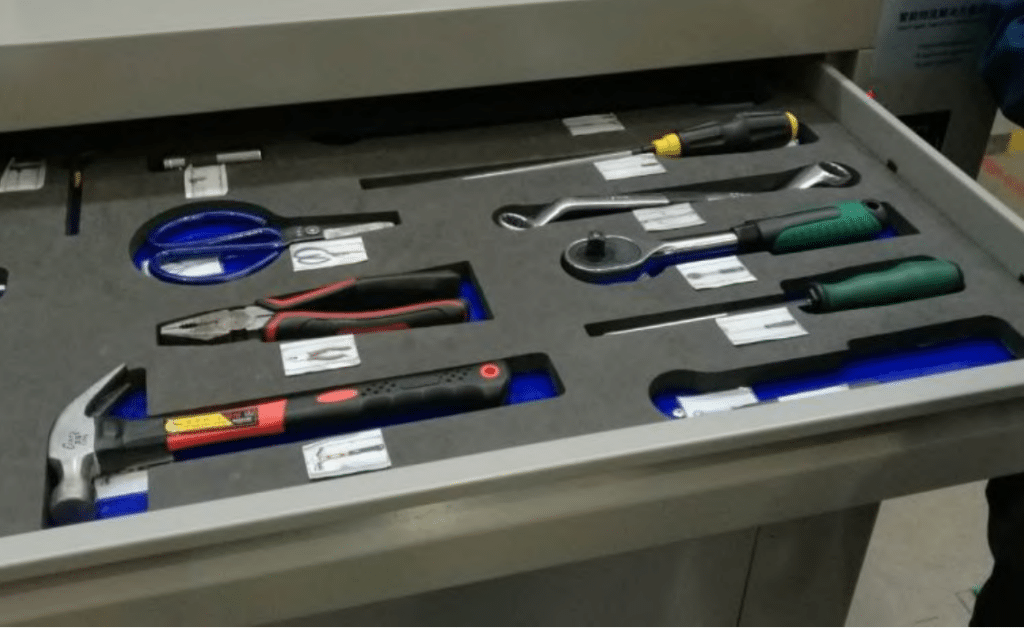
Looking Ahead With RFID
The benefits of using RFID tags in factories are undeniable. RFID technology can transform inventory management, enabling real-time tracking, accurate stock replenishment, and streamlined supply chain processes. It empowers factories with enhanced visibility and control over their valuable assets, ensuring on-demand availability and optimizing maintenance schedules. By adopting RFID, factories can achieve heightened operational efficiency, reduced costs, and improved customer satisfaction through faster order fulfilment. Are you looking for ways to enhance your factory processes?

